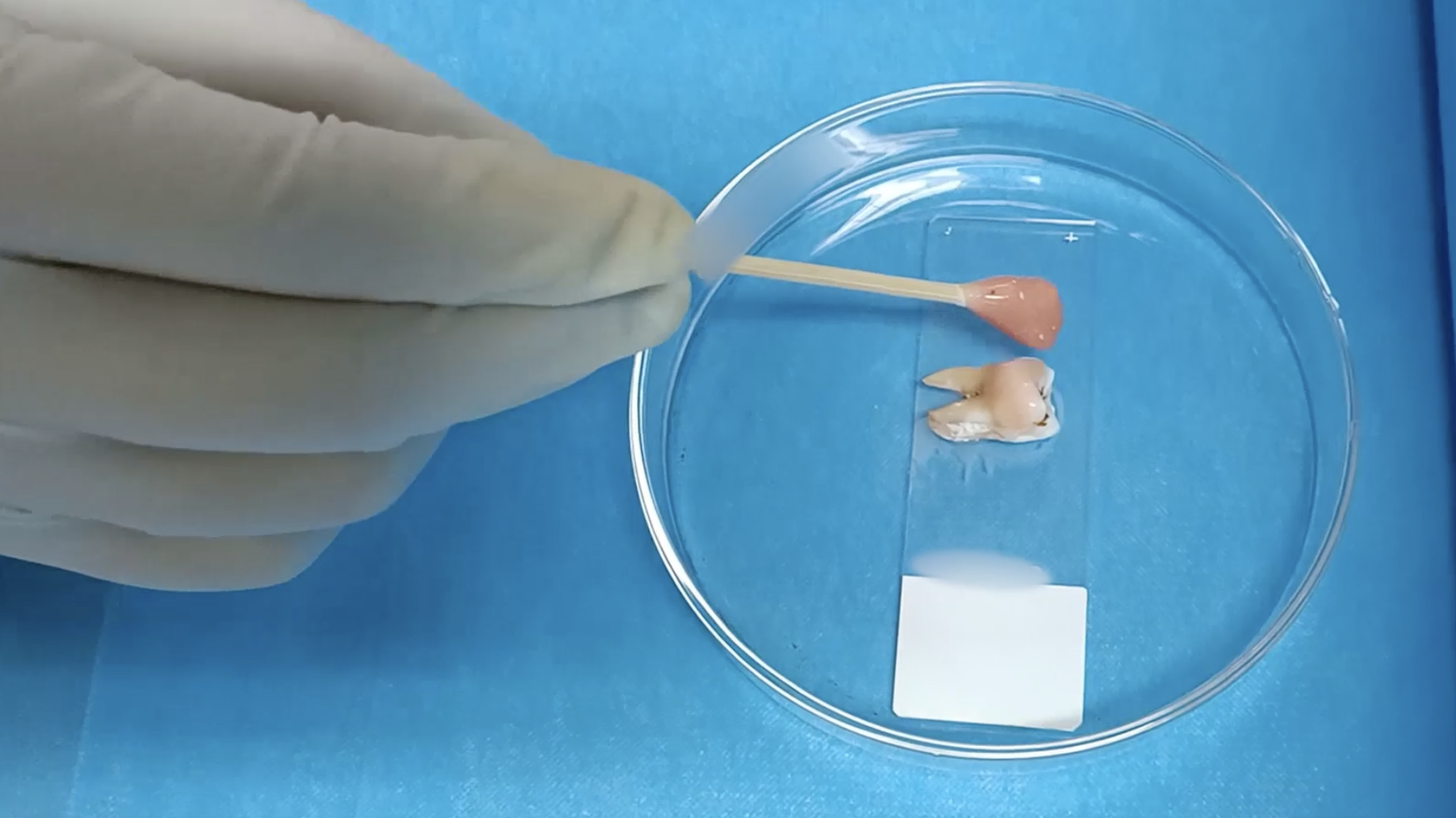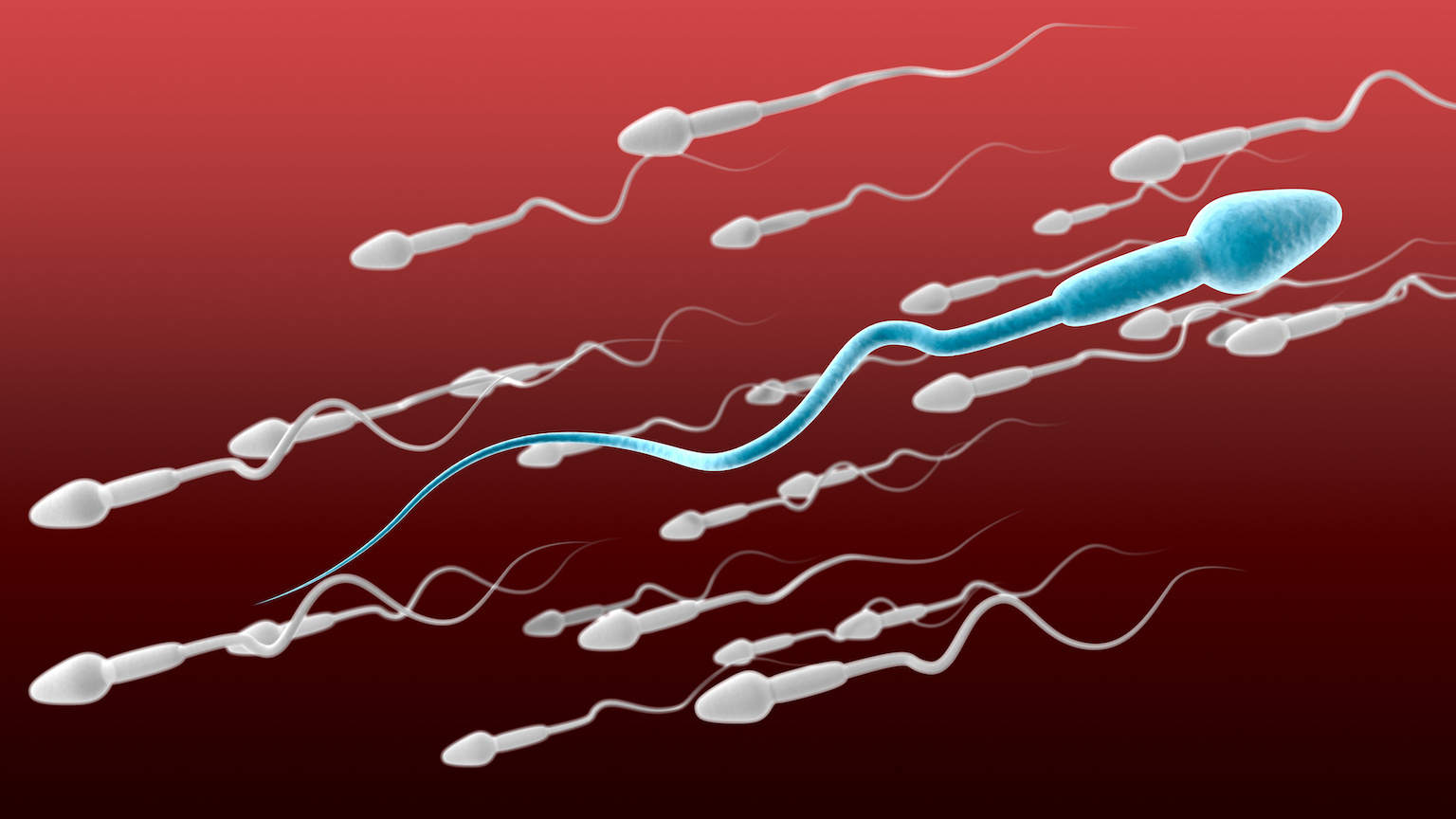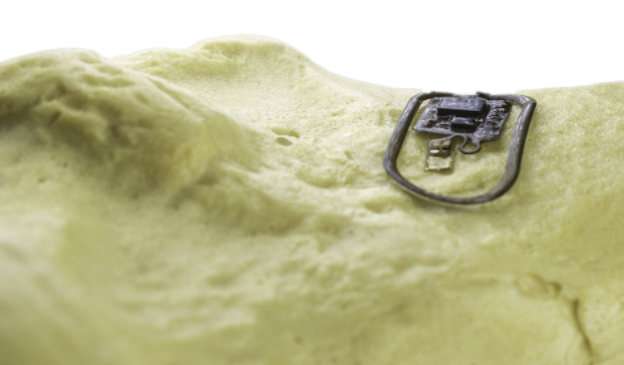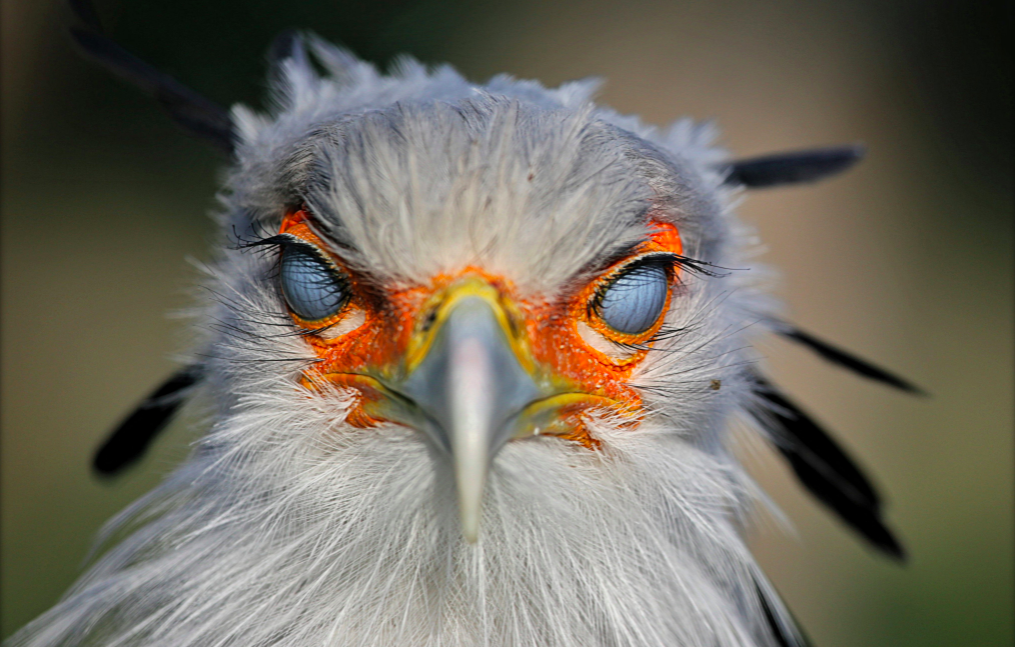Your next pair of Tweezers might be inspired by a crow’s beak
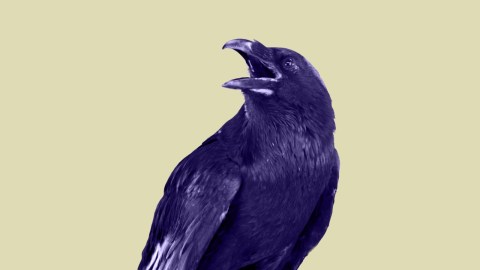
- Tool-using animals often have morphological specializations that allow them to use tools.
- For example, human hands and New Caledonian crow beaks are perfect for gripping and manipulating various objects.
- Scientists engineered a pair of tweezers based on the shape of a crow’s beak and found that it can work better at picking up objects than conventional tweezers.
Early humans discovered something marvelous a few million years ago: A rock makes a good hammer. This was not a discovery born of cognitive genius. Instead, humans were simply lucky enough to have physical traits conducive to manipulating rocks: dexterous hands to hold the rock and flexible shoulder joints to swing the rock. 2.6 million years later, many of our tools (computers, cars, flashlights) rely on these same traits.
A few nonhuman animals also exhibit tool-using behavior. For example, there are a few species of nonhuman primates that are figuring out how to put a nice rock to good use thanks to their shoulder and hand characteristics. There is a fish that can manipulate jets of water to shoot prey thanks to a specialized groove in its mouth. And, of course, there is the New Caledonian crow, one of the few species that practice tool-making and use year-round.
The skill with which these crows manipulate tools is impressive and unrivaled among nonhumans. For example, crows use their beaks to craft hooked implements out of living twigs. If they find that their hooked tool is exceptionally well made, they will store it to reuse later. One morphological adaptation associated with the crow’s tool behavior is the shape of its bill, which is noticeably straight compared to its non-tool-using relatives.
A crow’s beak has a strong, precise grip
In 2016, a team of Japanese and Kiwi scientists carefully analyzed the characteristics of the crow beak. They found that the upper beak is relatively deep and short with a straight cutting edge, and the lower beak is dense and upturned. The scientists concluded that these combined attributes allow the crow to counteract dynamic loading stress when manipulating tools, provide a strong, precise grip to hold tools securely, and enhance visually-guided tool use.
This inspired a team of digital design researchers to determine if the beak could be used by humans as a tool. The team aimed to fabricate a design that could act as a prosthetic finger for picking up small objects such as peanuts, explained Takahito Murakami, the study’s primary author. They reproduced the features of the New Caledonian crow beak using 3D modeling and 3D printing.
Crow beak-shaped tweezers excel at picking up larger objects
To determine how the crow beak-shaped tweezers match up with conventional tweezers, the designers timed participants during a series of pinching tasks. The participants transferred ten glass beads of various sizes (3mm, 6mm, and 8mm) from one Petri dish to another. When picking up smaller beads (3mm and 6mm), participants were generally quicker with both sets of tweezers than fingers, and neither pair of tweezers outshined the other. However, the limitation of conventional tweezers was revealed when the participants tried to transfer larger (8mm) beads. At that size, traditional tweezers could not grasp the beads as quickly as fingers or the crow beak-shaped tweezer.
As shown in the video above, the beak-shaped tweezers are also useful at picking up various kinds of foods. Perhaps crow-inspired tweezer tableware will be coming to a dining room near you.
